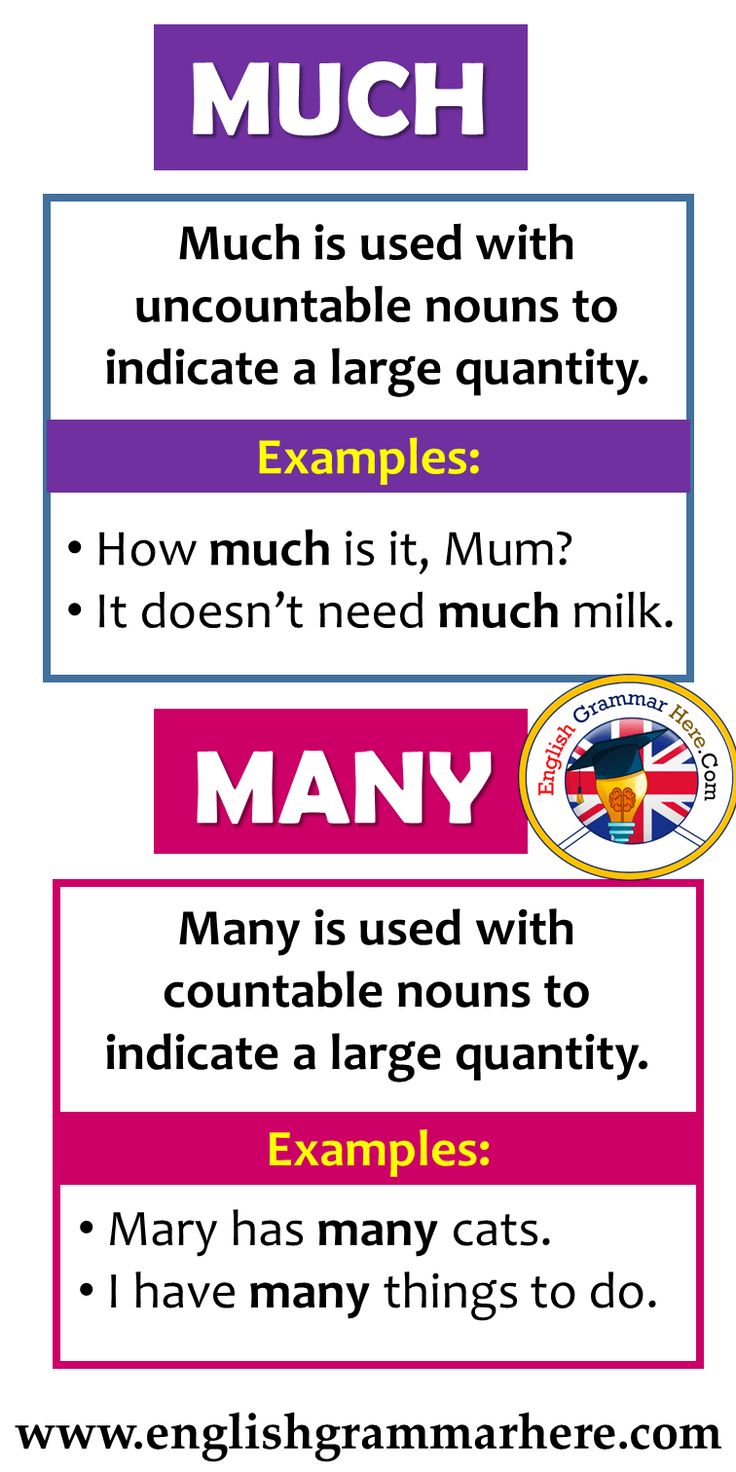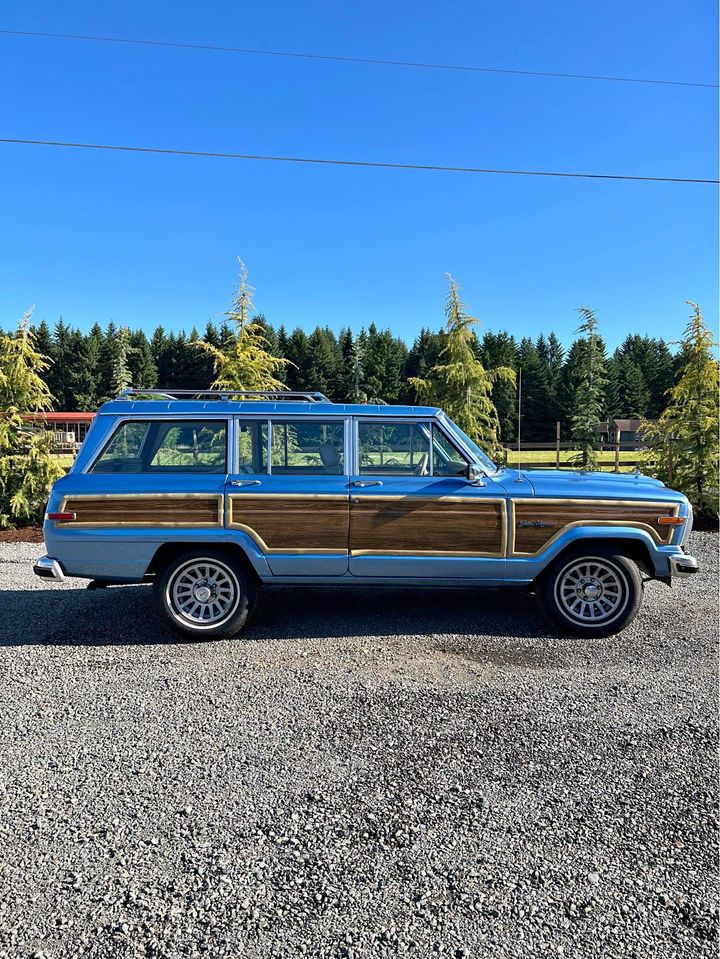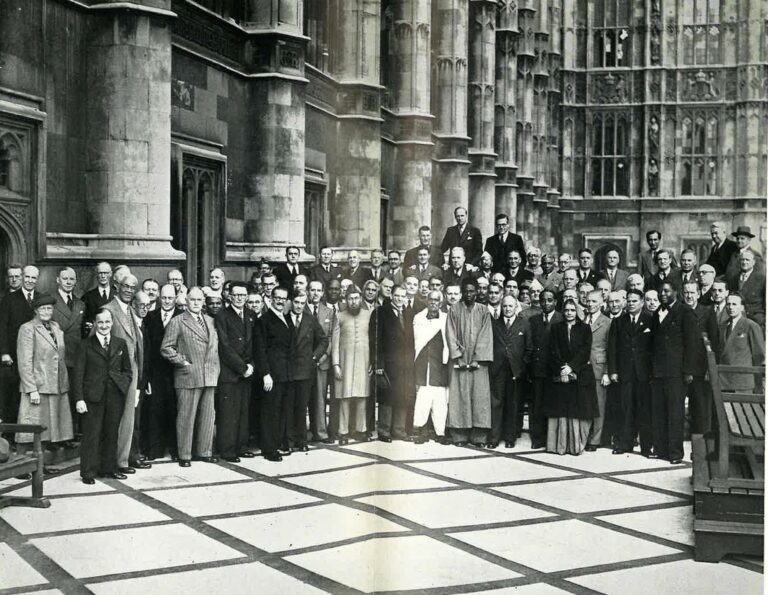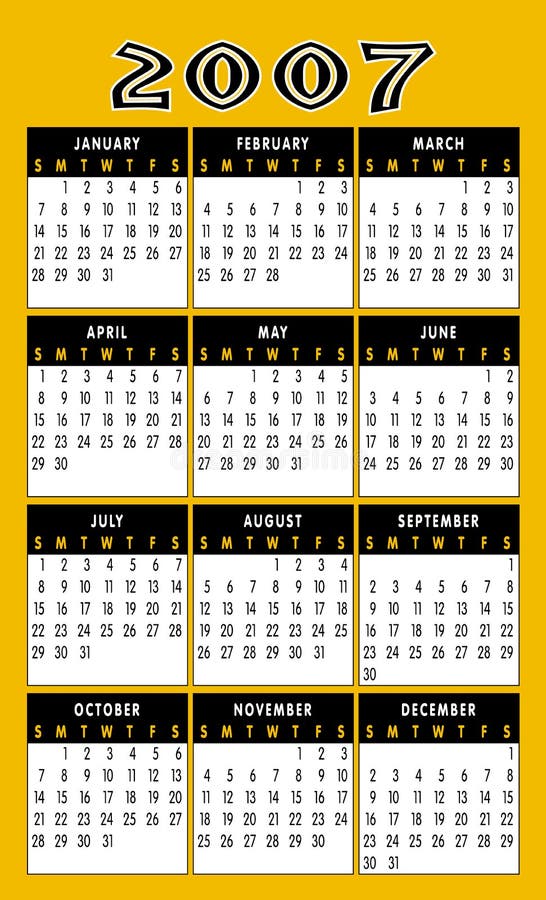How Much Does It Cost To Rebuild A Jeep Wrangler Engine?
How Much Does It Cost To Rebuild A Jeep Wrangler Engine? jeeps.truckstrend.com
The iconic Jeep Wrangler, synonymous with adventure, off-road capability, and a rugged spirit, often becomes a cherished part of its owner’s life. However, like all mechanical marvels, its heart – the engine – has a finite lifespan. When a Wrangler’s engine begins to show significant signs of wear, a common dilemma arises: rebuild or replace? Understanding the costs associated with rebuilding a Jeep Wrangler engine is paramount for any owner facing this decision. It’s not just about a dollar figure; it’s about weighing the value, longevity, and performance you can expect from a rejuvenated powerplant.
An engine rebuild involves disassembling the engine, inspecting all its components, machining surfaces that require restoration, and replacing worn or damaged parts with new ones. The goal is to bring the engine back to, or even exceed, its original specifications, effectively giving it a new lease on life. This comprehensive guide will delve into the intricacies of engine rebuilding costs for various Jeep Wrangler models, helping you make an informed decision for your beloved off-roader.
How Much Does It Cost To Rebuild A Jeep Wrangler Engine?
Why Rebuild Your Jeep Wrangler Engine? The Compelling Reasons
Before diving into the numbers, let’s explore why rebuilding an engine might be a more appealing option than a full replacement or even purchasing a new vehicle:
- Cost-Effectiveness: In many scenarios, rebuilding an engine is significantly cheaper than buying a brand-new crate engine or a professionally remanufactured one. It also avoids the depreciation and associated costs of buying a different used or new vehicle.
- Sentimental Value & Originality: For many Jeep enthusiasts, their Wrangler isn’t just a car; it’s a part of their identity. Rebuilding the original engine allows them to maintain the vehicle’s authenticity and continue its story without sacrificing its core.
- Customization and Performance Upgrades: An engine rebuild offers a unique opportunity to incorporate performance upgrades. You can install stronger components, performance camshafts, or even increase displacement during the rebuild, tailoring the engine to specific needs like enhanced off-road power or daily driving efficiency.
- Known History: When you rebuild your engine, you know exactly what components went into it and the quality of the work. With a used engine, you inherit its unknown history and potential hidden problems.
- Extended Vehicle Lifespan: A properly rebuilt engine can add tens of thousands, if not hundreds of thousands, of miles to your Jeep’s life, allowing you to enjoy your investment for many more years.
- Environmental Impact: Rebuilding an existing engine reduces waste and the demand for new manufacturing, making it a more environmentally friendly choice.

Understanding the Rebuild Process: What’s Involved?
To grasp the costs, it’s crucial to understand the meticulous process of an engine rebuild:
- Engine Removal: The engine is carefully disconnected from the transmission, accessories, and vehicle frame, then lifted out.
- Disassembly and Initial Inspection: The engine is completely torn down, and all components (crankshaft, connecting rods, pistons, camshaft, cylinder heads, valves, engine block) are thoroughly cleaned and inspected for wear, cracks, or damage.
- Machining Services: This is where the core of the rebuild takes place.
- Cylinder Boring/Honing: If cylinders are worn or out of round, they are bored to a larger size and then honed to create a cross-hatch pattern for proper piston ring seating.
- Crankshaft Grinding/Polishing: The crankshaft journals are measured. If worn, they are ground down to a smaller, uniform size and then polished.
- Cylinder Head Work: Cylinder heads are inspected for cracks, warped surfaces, and valve seat wear. They are often resurfaced (decked), valve guides replaced, valve seats ground, and new valve seals installed.
- Block Decking: The engine block’s deck surface (where the cylinder head sits) is machined flat to ensure a perfect seal.

- Parts Replacement: Worn components are replaced. This typically includes piston rings, main and rod bearings, all gaskets and seals, timing chain/belt components, and the oil pump. Depending on the inspection, pistons, valves, camshafts, or even connecting rods might also need replacement.
- Assembly: The engine is meticulously reassembled with new or reconditioned parts, ensuring proper clearances and torque specifications are met.
- Installation: The rebuilt engine is reinstalled in the vehicle, connected to all systems.
- Testing and Break-in: After installation, the engine is started and monitored for proper operation. A critical "break-in" period follows, allowing new components to seat properly, often requiring specific driving procedures and an early oil change.

Factors Influencing the Cost of a Jeep Wrangler Engine Rebuild
The cost of rebuilding a Jeep Wrangler engine is highly variable, influenced by several key factors:
- Engine Type and Generation: Jeep Wranglers have featured various engines over the years, each with different complexities and parts availability.
- 4.0L I6 (YJ, TJ, early JK): Known for its simplicity and robustness, parts are generally abundant and more affordable.
- 3.8L V6 (mid-JK): More complex than the 4.0L, parts can be slightly pricier.
- 3.6L Pentastar V6 (later JK, JL): A modern, overhead cam engine. While reliable, its components and labor can be more expensive due to increased complexity.
- 2.0L Turbo (JL) / 2.2L Diesel (JL): These newer, more technologically advanced engines can have higher parts and specialized labor costs.
- Severity of Damage: This is the most significant cost driver.
- Minor Wear: If the engine simply has high mileage wear (e.g., worn rings, bearings), the rebuild will be more straightforward and less expensive.
- Moderate Damage: Issues like a spun bearing, minor cylinder scoring, or a warped cylinder head will require more extensive machining and potentially new major components.
- Catastrophic Failure: A cracked engine block, severely bent connecting rods, or a broken crankshaft will dramatically increase costs, potentially making a rebuild uneconomical as these major components might be unrepairable or too expensive to replace.
- Parts Quality:
- OEM (Original Equipment Manufacturer): Highest quality, but most expensive.
- Aftermarket: Can offer good value, but quality varies. Research reputable brands.
- Performance Parts: If you’re upgrading, these will add significantly to the cost.
- Labor Rates and Location: Labor costs vary widely based on geographic location (urban vs. rural), the type of shop (independent mechanic vs. dealership), and the mechanic’s experience. Dealerships typically have the highest labor rates.
- Additional Services and "While You’re In There" Items: It’s wise to replace related components while the engine is out, such as the water pump, thermostat, engine mounts, hoses, and possibly the radiator. These add to the overall cost but prevent future headaches.
Key Components and Their Potential Costs (Estimated Ranges)
Here’s a breakdown of typical costs for parts and services involved in a Jeep Wrangler engine rebuild. These are estimates and can fluctuate based on engine type, brand, and market conditions.
| Component/Service | DIY Parts Cost (Est.) | Professional Parts Cost (Est.) | Professional Labor Cost (Est.) | Total Professional Cost (Est.) | Notes |
|---|---|---|---|---|---|
| Basic Rebuild Kit (Gaskets, Rings, Bearings) | $300 – $700 | $300 – $700 | N/A | Included in labor | Varies by engine type and quality |
| Oil Pump | $50 – $250 | $50 – $250 | N/A | Included in labor | Essential for lubrication; replace with quality unit |
| Timing Chain/Components (Kit) | $150 – $600 | $150 – $600 | N/A | Included in labor | Critical for engine timing |
| Valves/Valve Springs (if needed) | $200 – $800+ | $200 – $800+ | N/A | Included in labor | Depends on number of valves and damage |
| Pistons (set, if needed) | $300 – $1,000+ | $300 – $1,000+ | N/A | Included in labor | If old ones are damaged or block is bored |
| Camshaft (if needed) | $150 – $600+ | $150 – $600+ | N/A | Included in labor | If worn or damaged |
| Miscellaneous (Spark Plugs, Filters, Fluids) | $100 – $400 | $100 – $400 | N/A | Included in labor | Standard tune-up items and new fluids |
| Machine Shop Services: | |||||
| Cylinder Boring/Honing | N/A | N/A | $300 – $1,000 | $300 – $1,000 | Performed on engine block; depends on # of cylinders |
| Crankshaft Grinding/Polishing | N/A | N/A | $150 – $500 | $150 – $500 | For crankshaft reconditioning |
| Cylinder Head Resurfacing/Valve Job | N/A | N/A | $300 – $1,000+ per head | $300 – $1,000+ per head | If heads are warped or valves damaged |
| Block Decking | N/A | N/A | $150 – $500 | $150 – $500 | For a perfectly flat surface |
| Labor (Engine R&R + Rebuild) | N/A | N/A | $1,500 – $4,000+ | $1,500 – $4,000+ | Varies significantly by shop, engine, and complexity |
| Total Estimated Cost: | $1,000 – $3,500 (DIY Parts Only) | N/A | N/A | $3,000 – $7,500+ (Professional) | This is a wide range. Cost depends heavily on engine condition, specific parts needed, and labor rates. Catastrophic failures can push costs higher. |
DIY Rebuild vs. Professional Service: Making the Choice
The decision to tackle a rebuild yourself or hire a professional heavily impacts the total cost.
- DIY Rebuild:
- Pros: Significant cost savings on labor (potentially thousands of dollars), immense satisfaction, and a deep understanding of your engine.
- Cons: Requires specialized tools (engine hoist, torque wrenches, micrometers, cylinder hone, etc.), considerable time commitment (weeks to months), mechanical aptitude, and a clean, organized workspace. The risk of errors is higher, and there’s no warranty if something goes wrong. You’ll still need professional machine shop services.
- Professional Service:
- Pros: Expertise, specialized equipment, efficiency, and typically a warranty on parts and labor (usually 12 months/12,000 miles or more). Reduces your personal time investment and stress.
- Cons: Higher overall cost due to labor charges.
Recommendation: Unless you have significant automotive mechanical experience, the proper tools, and ample time, a professional rebuild is generally the safer and more reliable option for something as critical as an engine.
Tips for Saving Money on a Jeep Wrangler Engine Rebuild
- Get Multiple Quotes: Don’t settle for the first estimate. Contact several reputable independent shops and compare their pricing for both parts and labor. Ask for a detailed breakdown.
- Communicate Clearly: Ensure the mechanic understands your expectations and that their quote covers all necessary steps, including machine work.
- Consider Sourcing Your Own Parts (Carefully): If you’re comfortable verifying part numbers and quality, you might save money by buying some components online. However, many shops prefer to source parts themselves for warranty purposes. Discuss this with your mechanic beforehand.
- Address Issues Early: Don’t ignore warning signs like unusual noises, smoke, or loss of power. Catching problems early can prevent catastrophic damage that drives up rebuild costs.
- Maintain Your Engine: Regular oil changes, proper cooling system maintenance, and timely tune-ups can significantly extend your engine’s life and potentially delay the need for a rebuild.
Potential Challenges and Solutions
- Unexpected Damage: During disassembly, a mechanic might discover more severe damage (e.g., a cracked block or cylinder head) than initially anticipated. This can significantly increase costs.
- Solution: Get a detailed estimate that includes a contingency plan for unexpected findings. Be prepared for the possibility of a higher final bill.
- Parts Availability: For older or less common engines, certain parts might be hard to find or back-ordered.
- Solution: Work with a reputable shop that has good supplier connections. Be patient, as some parts may take time to arrive.
- Long Turnaround Times: Engine rebuilds are complex and time-consuming. Your vehicle might be in the shop for several weeks.
- Solution: Plan for alternative transportation. Ask the shop for an estimated completion time and regular updates.
- Break-in Procedure: A newly rebuilt engine requires a careful break-in period to ensure longevity.
- Solution: Follow your mechanic’s or the rebuild kit’s break-in instructions meticulously. This usually involves avoiding heavy loads, varying RPMs, and an early oil change.
Concluding Summary
Rebuilding a Jeep Wrangler engine is a significant undertaking, but it often proves to be a highly cost-effective and rewarding alternative to replacing the entire vehicle or even just the engine. While costs can range from roughly $3,000 to $7,500 or more for a professional job, depending on the engine type, severity of damage, and specific components needed, it’s generally less expensive than a new engine or vehicle purchase.
The decision hinges on your budget, mechanical aptitude (if considering DIY), and the sentimental value you place on your Jeep. By understanding the process, the contributing cost factors, and seeking professional advice, you can confidently navigate the path to giving your beloved Jeep Wrangler a renewed heart, ready for many more miles of adventure.
Frequently Asked Questions (FAQ)
Q1: How long does a Jeep Wrangler engine rebuild typically take?
A1: For a professional shop, a rebuild can take anywhere from 1 to 3 weeks, depending on the shop’s workload, the extent of damage, and the availability of parts and machine shop services. DIY rebuilds can take much longer, depending on your experience and available time.
Q2: Is it always better to rebuild or replace my Jeep Wrangler engine?
A2: Not always. Rebuilding is often cost-effective for engines with repairable wear. However, if the engine block or cylinder heads are severely cracked, or if major components are irreplaceable, a remanufactured or used replacement engine might be the more practical and economical option. Get a thorough inspection and multiple quotes before deciding.
Q3: What is the expected lifespan of a rebuilt Jeep Wrangler engine?
A3: A properly rebuilt engine, using quality parts and correct machining, can last as long as or even longer than the original engine did, often providing another 100,000 to 200,000 miles, assuming proper maintenance and care after the rebuild.
Q4: What are the common signs that my Jeep Wrangler engine needs a rebuild?
A4: Common signs include excessive oil consumption, blue or white smoke from the exhaust, knocking or tapping noises from the engine (especially a deep knock), significant loss of power, low oil pressure, or persistent misfires not resolved by simpler repairs.
Q5: Do rebuilt engines come with a warranty?
A5: Most reputable professional shops will offer a warranty on their engine rebuilds, typically ranging from 12 months/12,000 miles to 3 years/unlimited miles. Always clarify the warranty terms and what it covers before committing to a shop. DIY rebuilds, of course, have no warranty.
Q6: Can I rebuild my Jeep Wrangler engine for performance?
A6: Absolutely! An engine rebuild is an excellent opportunity to incorporate performance upgrades such as a higher-lift camshaft, stronger connecting rods, forged pistons, or porting the cylinder heads. Discuss your performance goals with your engine builder.





